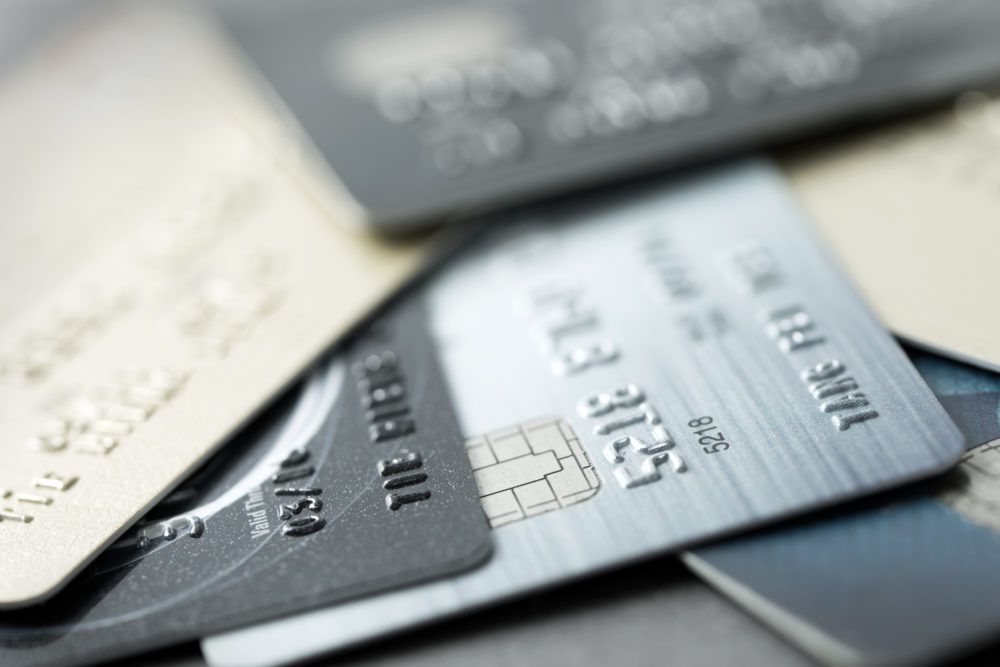Nowadays, I don't think most of us can imagine life without a debit or credit card anymore. Although it is a relatively new invention, especially if we compare it to cash, cards have already found their way into our wallets for good. What is their history? When and where were the first credit cards developed?
.
When did it start?
As we have already mentioned - credit cards are a relatively new invention, but this does not mean that they have been developed over the last few years. Indeed, the origins of this means of payment date back to the late 19th century, and the first company to issue what looked like a payment card was the Hotel Credit Letter Company in the USA. At the time, however, they had a slightly different function - they were an authorisation to collect the goods ordered and to record the customer's credit.
In 1914, Western Union introduced the first credit cards made of metal. Regular customers could use them to pay for services provided by the company. From then on, the payment card market began to grow rapidly, although it was somewhat halted by the outbreak of World War II. Immediately after its end, however, work on this functional invention resumed. From 1949 onwards, Americans were already able to use credit cards in a more modern form.
In the early 1950s, the rapid economic development of the United States meant that the demand for credit cards increased enormously. As a result, banks began to outdo each other with increasingly favourable offers in order to gain as many customers as possible.
The development of this technology was accelerated by Frank McNamara, who is still considered the father of modern payment cards. While out for dinner at a restaurant, he realised that he did not have his wallet with him. The consequence of this slip-up was the development of a document that could be honoured by restaurants, and later also by shops and hotels, so that carrying traditional money was unnecessary. Together with a partner, he founded the Diners Club company, which is still active on the payment card market today. The first cards they issued were aimed at affluent customers who used them during their travels and repaid the credit when they returned home. These cards were called Travel & Entertainment.
.

Cult American Express
Everyone has probably heard of the most famous American Express credit card. The first card was issued by this company in 1958. It has a special significance for the history of the development of this means of payment, because it was American Express that first started issuing cards made of plastic.
Although the first Travel & Entertainment cards already had features of credit cards in them, the first proper card of this type was this card, issued like American Express in 1958, with the name BankAmericard. Repayments on this card could be made in full or divided into smaller amounts and only the minimum amount repaid.
This card quickly gained competition and by the 1960s a similar solution had also appeared in Europe, under the name EuroCard.
Magnetic strip
The next big breakthrough in this technology came more than two decades later, when a magnetic strip began to be inserted into credit cards to help verify it. This happened in 1972, and BankAmericard was the first to put the idea into practice again. A year later, the BASE I system was introduced, followed by BASE II, which was the first electronic card verification system. This was because until then verification was done by telephone.
The next leap in development was the introduction of the chip cards we know today. This happened in the early 1990s. It was intended to improve the security of the transactions carried out. Since then, the form of the cards has not changed much - we still use plastic credit cards with a metal chip.
Today, the credit card market is dominated by Visa, but closely followed by its big rival MasterCard.
.


